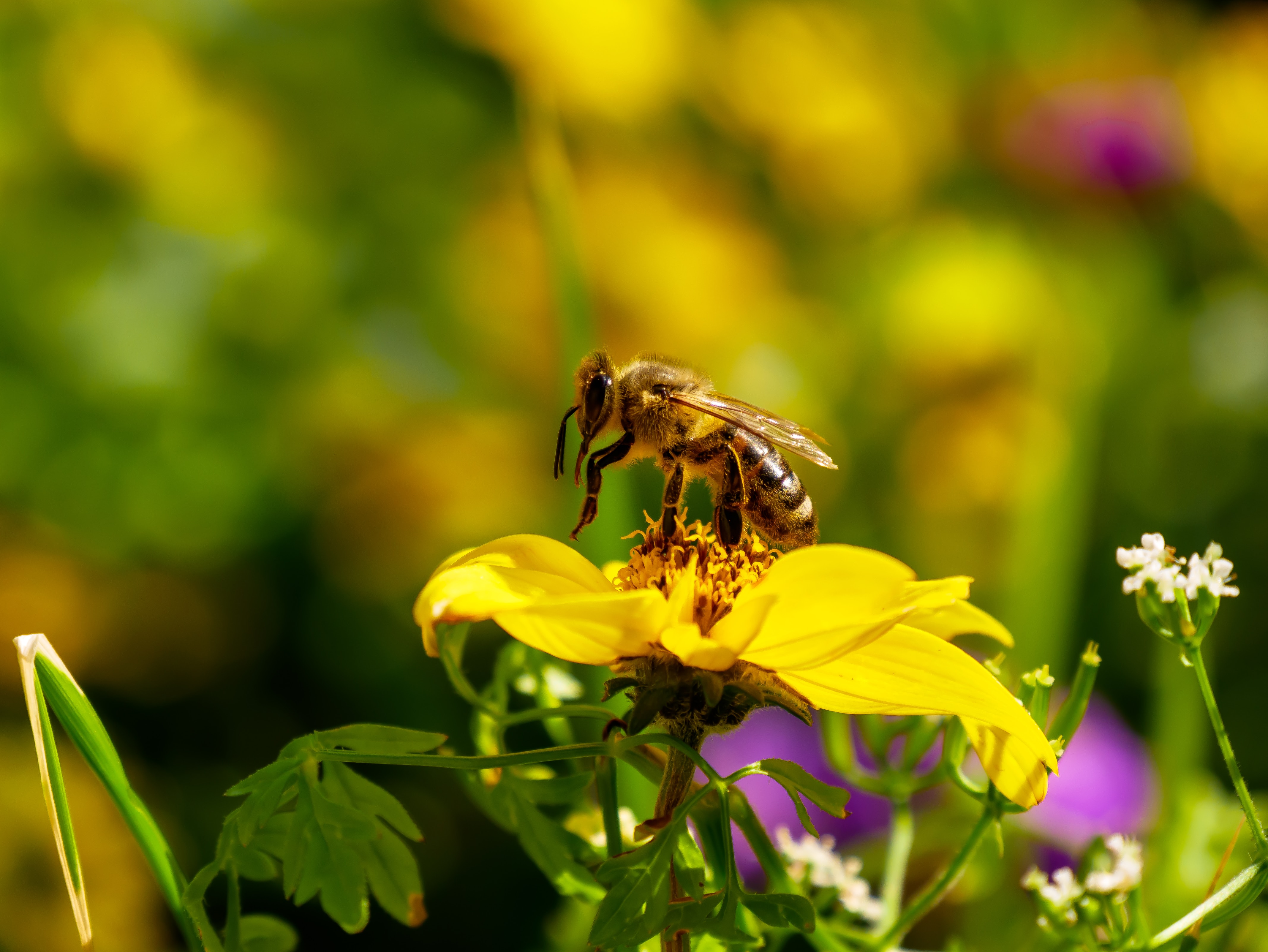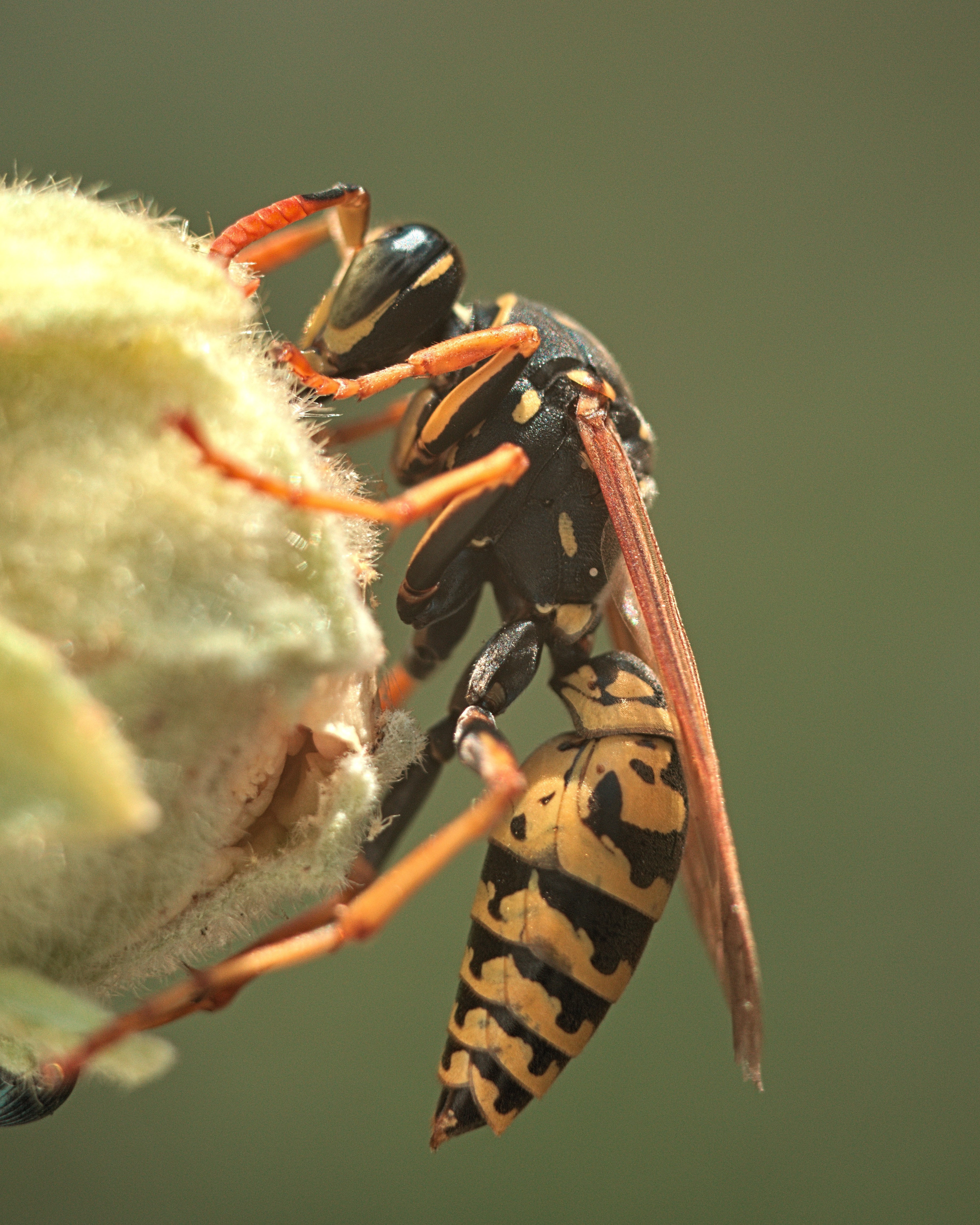It happens very often during boat trips, especially in summer, to be annoyed by insects. Wasps and bees are never particularly welcome, but it is important to know that they are not the same, and knowing how to recognize them can be very useful.
Let us remember first of all that bees are protected species in Europe because of their fundamental function as pollinators, and therefore cannot be eliminated. About a third of the world’s food production depends on them, as well as 70% of global plant pollination. Considering that many species of bees are at risk of extinction, it is important to safeguard them.
The Main Differences
As you can also see from the photos above, bees, wasps and hornets have different characteristics:
- Physical appearance: Wasps (first photo on the left), compared to bees (photo in the center), have a more slender and smooth body, and are more garish yellow in color. The colour of the bees, on the other hand, is more orange, and their body is more robust, stocky and hairy. The hornet (photo on the right) is a wasp (Vespa Cabro) and is by far the largest of the three species: in fact it reaches up to 5cm in length. It is similar to the wasp: he too has a thin and smooth body. It is usually black and white, but can also have various shades of yellow, up to red.
- Behavior: Bees are harmless, do not attack if they do not feel in immediate danger of life. Only females have the sting, which they lose after being stung. The loss of the sting results in their death. Wasps, on the contrary, if threatened they can sting multiple times, and are more aggressive.
Both inoculate poison that can trigger allergic reactions in sensitive subjects. Hornets are the most dangerous since they inject more poison, and are more aggressive than wasps.
Bees are vegetarian and feed on pollen, unlike wasps and hornets that are carnivorous and feed on other insects. - We have already talked about the fundamental function of bees for ecosystems. But also wasps and hornets have their own importance: being carnivores, they are very useful for controlling the presence of other insects such as caterpillars, grasshoppers, flies and various parasites. They also have a lower pollination function.
How to behave in their presence
These types of insects, although useful to the ecosystem, can be annoying. However, in order not to provoke them and risk being stung, it is advisable not to make sharp gestures and not to try to drive them away with your hands. They are attracted to sugary foods and drinks, so it is useful to avoid leaving food remnants outdoors. Some natural methods to keep them away can be lemongrass, garlic and coffee.
Bees, if not provoked, will hardly attack, so they will continue to carry out their activities without interfering with yours. If they sting you, it is important to immediately extract the sting, which continues to release poison for about a minute after the attack.
In the case of a wasp or hornet, if they become aggressive it is preferable to walk away calmly without running, and in any case not to approach their nest.










